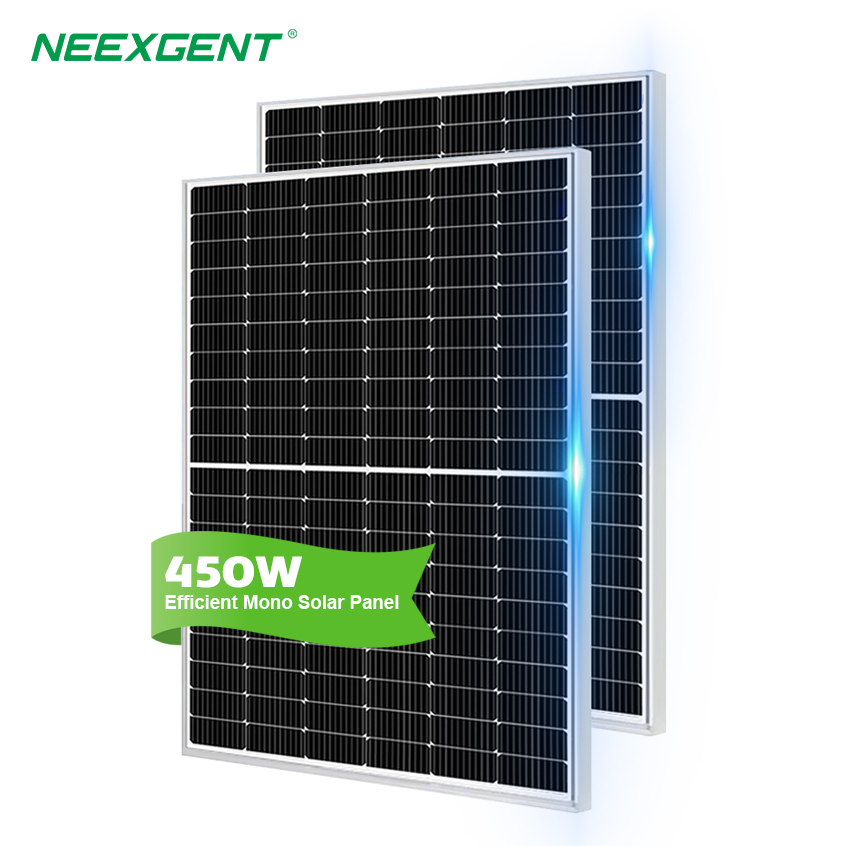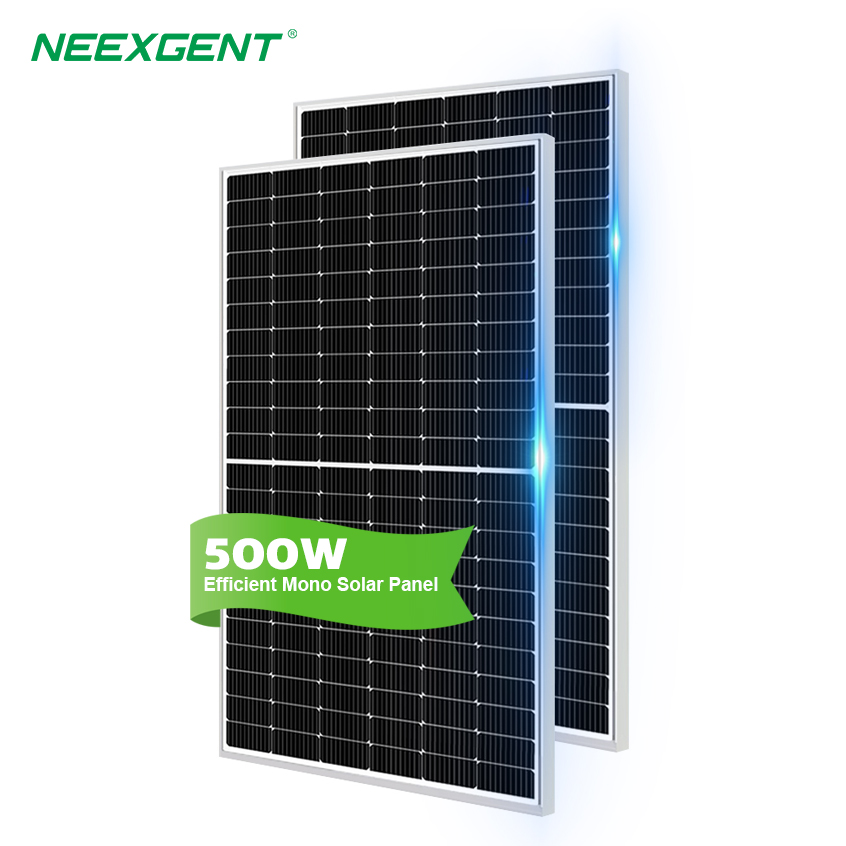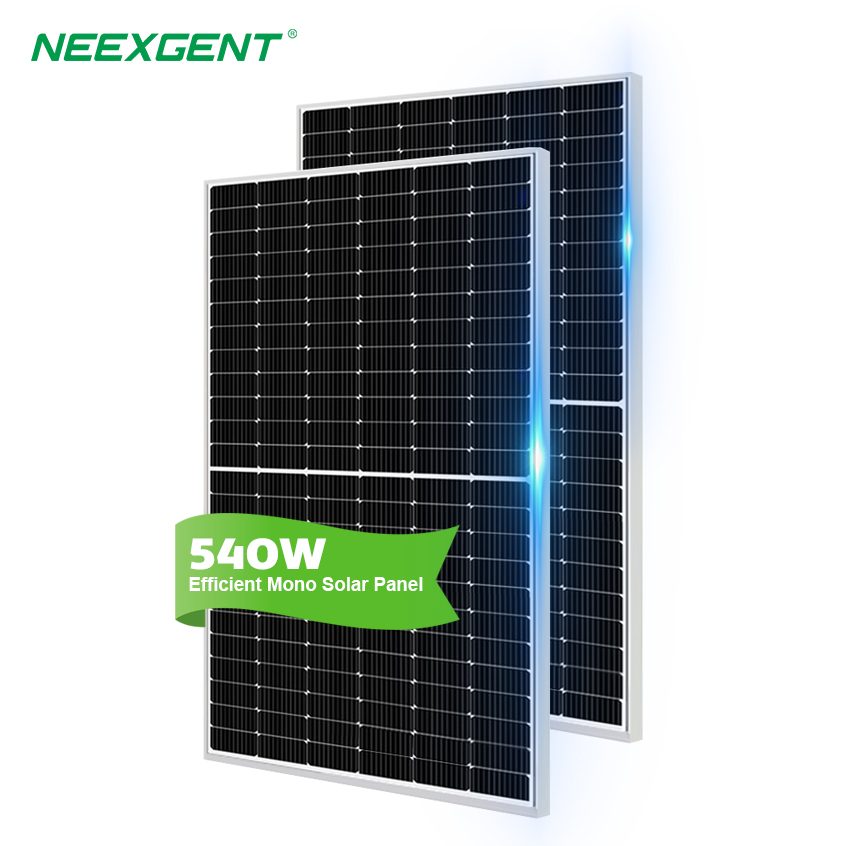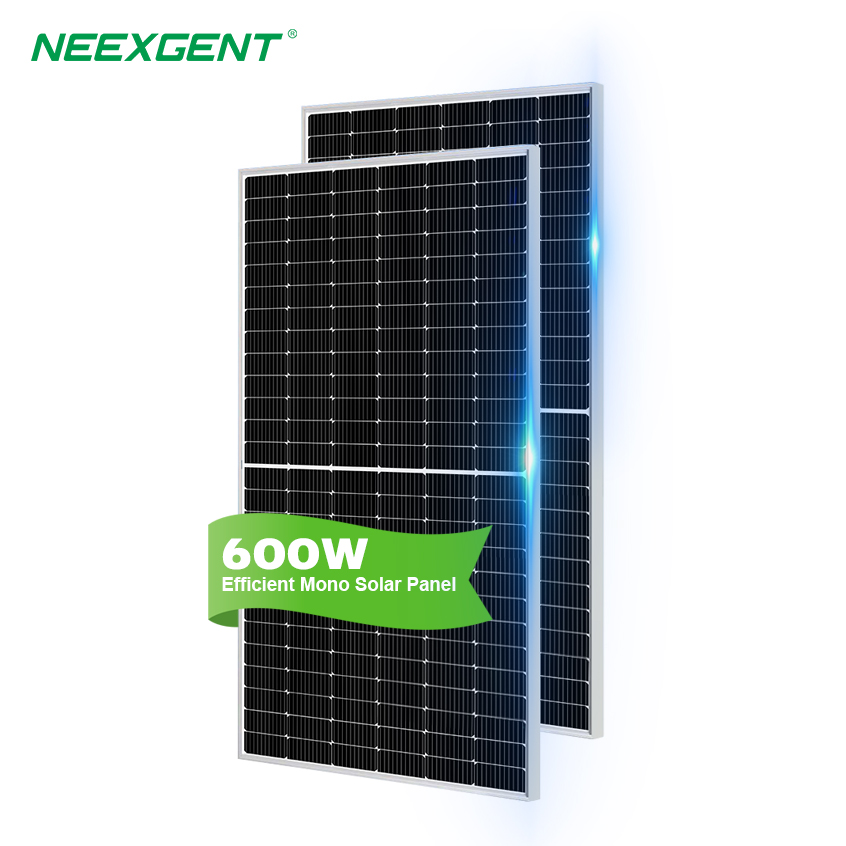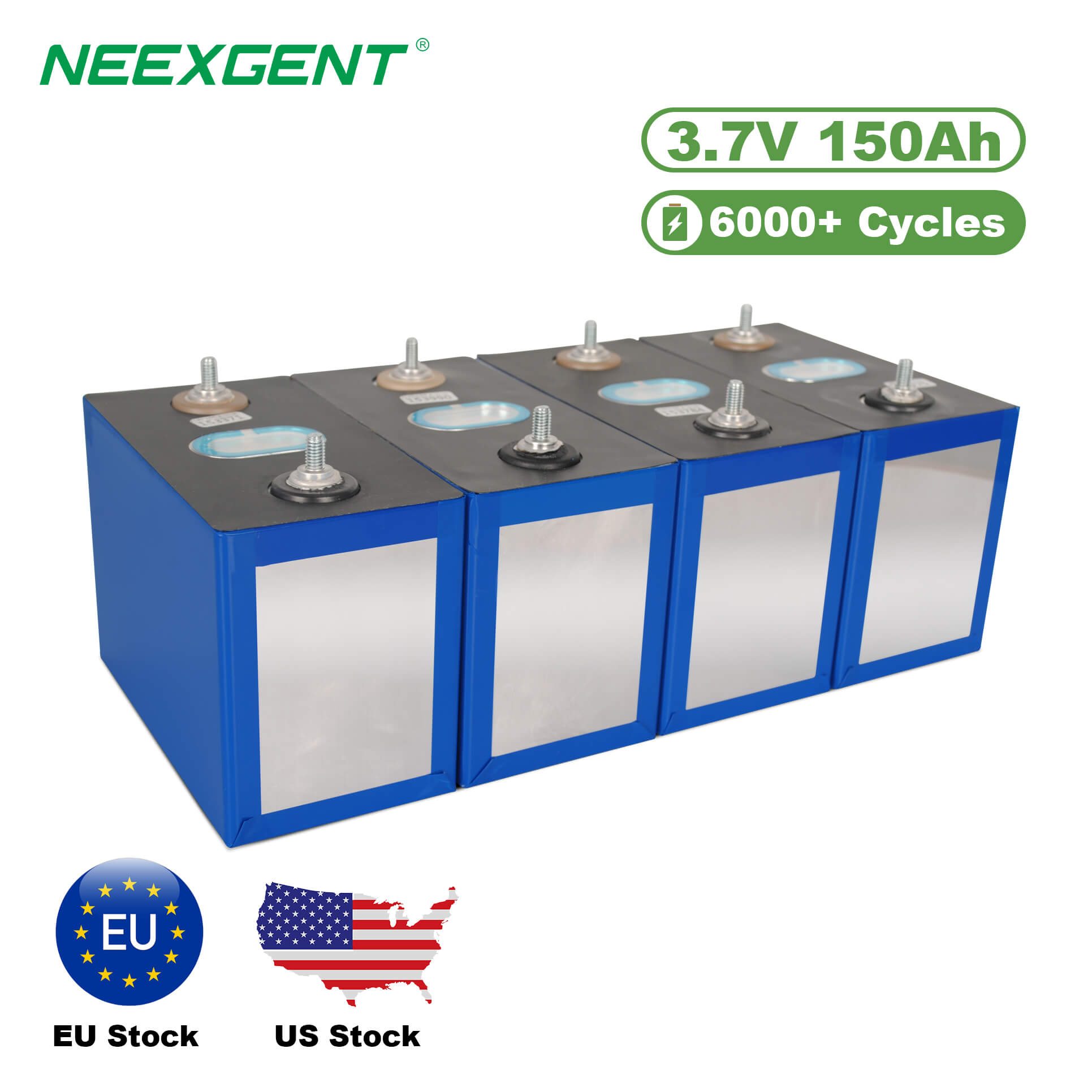Contents:
Microinverters are an essential component of modern solar power systems. Unlike string inverters, which are centralized and work with multiple panels, microinverters are installed on each panel, offering greater flexibility and efficiency. Selecting the right microinverter can significantly impact the performance, durability, and cost-effectiveness of your solar system. Below are detailed steps and considerations for choosing the right microinverter in 2025.
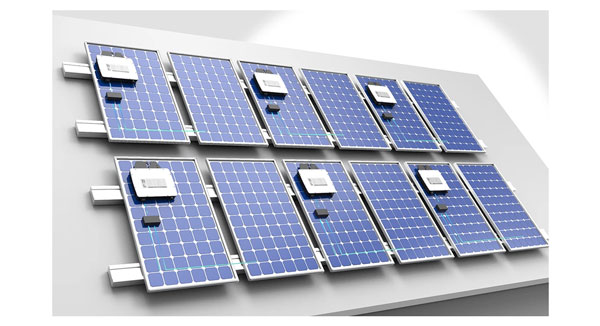
Key Considerations When Choosing Microinverters
1. Compatibility with Solar Panels
Ensure that the microinverter's voltage and power output match your solar panel specifications. Overpowering or underpowering can reduce system efficiency and lifespan.
2. Efficiency Rating
Check the inverter's efficiency rating, typically expressed as a percentage. Higher efficiency means less energy loss during the conversion process.
3. Durability and Warranty
Microinverters are exposed to outdoor conditions, so durability is crucial. Look for models with robust weatherproofing and warranties of at least 10 years.
4. Monitoring Capabilities
Advanced microinverters offer real-time performance tracking for each panel. This feature helps identify and resolve issues quickly.
5. Cost and Scalability
While microinverters are costlier upfront than string inverters, their scalability and efficiency often make them a better long-term investment.
Comparative Table of Popular Microinverters in 2025
Below is a detailed comparison of popular microinverter options to help you make an informed decision.
| Model |
Efficiency |
Maximum Output Power |
Warranty |
Price Range |
| Enphase IQ8+ |
97% |
300W |
25 years |
$160 - $200 |
| Hoymiles HM-350 |
96.7% |
350W |
12 years |
$140 - $180 |
| APSystems QS1 |
96% |
1200W (4 panels) |
10 years |
$500 - $600 |
Emerging Trends in 2025
1. AI-Powered Monitoring Systems
Newer models integrate AI to predict maintenance needs and optimize energy distribution.
2. Enhanced Weather Resistance
With climate extremes increasing, manufacturers are focusing on developing highly durable microinverters.
3. Plug-and-Play Installation
Simplified installation processes are making microinverters more accessible to DIY users.
4. Increased Power Output
Modern microinverters support higher wattages to match advancements in solar panel technology.
Performance Trends of Microinverters Over the Years
The efficiency and adoption of microinverters have evolved significantly over the past decade. Below is a performance trend analysis highlighting the efficiency improvements from 2015 to 2025. This data provides insight into the technological advancements shaping the microinverter market.
Comparative Overview of Microinverter Features in 2025
To make a well-informed decision, it's essential to compare microinverters based on critical features such as efficiency, compatibility, and advanced functionalities. Below is a detailed table summarizing the key features of the top microinverters in the market.
| Feature |
Enphase IQ8+ |
Hoymiles HM-350 |
APSystems QS1 |
| Efficiency |
97% |
96.7% |
96% |
| Maximum Output Power |
300W |
350W |
1200W (4 panels) |
| Monitoring Capabilities |
Integrated real-time monitoring |
Basic performance tracking |
App-based monitoring for up to 4 panels |
| Warranty |
25 years |
12 years |
10 years |
| Price Range |
$160 - $200 |
$140 - $180 |
$500 - $600 |
| Grid Independence |
Supports off-grid operation |
Grid-tied only |
Supports hybrid systems |
Emerging Technologies in Microinverters
1. Bi-Directional Power Flow
Advanced microinverters now support bi-directional power flow, enabling energy storage systems to feed energy back into the grid or power critical loads during outages.
2. Integrated AI for Energy Management
New AI-powered systems are optimizing energy flow in real-time, predicting energy demand, and reducing losses.
3. Thermal Management Systems
Improved heat dissipation technologies are extending the lifespan of microinverters in harsh climates.
4. Remote Update Capabilities
Over-the-air firmware updates allow for the addition of new features and improvements without physical replacements.
Tips for Maximizing Microinverter Performance
1. Proper Installation
Ensure that microinverters are installed according to the manufacturer’s guidelines. Poor installation can lead to reduced efficiency or damage over time.
2. Regular Maintenance
Periodic cleaning of solar panels and inspection of the microinverters help maintain optimal performance and detect potential issues early.
3. Energy Usage Optimization
Pairing microinverters with energy storage systems and smart home technologies can maximize energy utilization and reduce reliance on the grid.
Why Microinverters Are a Game-Changer
Microinverters have transformed the solar energy landscape by offering flexibility, scalability, and unmatched efficiency. Their ability to operate independently ensures that the failure of one panel does not impact the rest of the system, a significant advantage over traditional string inverters.
Additionally, their real-time monitoring capabilities empower users with actionable insights to optimize energy production and usage. As the solar energy market grows, microinverters will remain at the forefront, enabling both residential and commercial systems to achieve peak performance.
Investing in the right microinverter today not only ensures reliable energy production but also positions you to leverage emerging advancements in solar technology.
Unlock the Potential of Your Solar System
Choosing the right microinverter is crucial for harnessing the full potential of your solar panels. By carefully evaluating factors such as efficiency, durability, and advanced features, you can build a solar system that delivers consistent performance and value. Whether for residential or commercial applications, the right microinverter ensures every watt of sunlight is put to good use, maximizing energy output and optimizing your return on investment.
Make your solar energy system work smarter, not harder, by investing in a high-quality microinverter tailored to your energy goals.
FAQs
Microinverters are installed on each solar panel, enabling independent operation and performance tracking for individual panels. In contrast, string inverters centralize power conversion for multiple panels, meaning the entire system's output can be affected if one panel underperforms. Microinverters are more efficient in systems with shading, orientation, or panel mismatch issues.
To ensure compatibility, check the following:
- Voltage range: Ensure the microinverter supports the panel's operating voltage.
- Power rating: The microinverter should handle the panel's maximum output power.
- Connector type: Verify that the physical connectors match.
Consult the microinverter manufacturer’s specifications for recommended panel types.
Yes, microinverters can be used for large-scale installations, though they are more common in residential and small commercial systems. For large systems, the decision depends on factors like cost, maintenance preferences, and the need for individual panel monitoring. String inverters or centralized systems might be more cost-effective for larger installations.
Microinverters typically last 15–25 years, depending on the model and environmental conditions. When choosing a microinverter, look for warranties of at least 10 years, with many premium models offering up to 25 years of coverage. A robust warranty indicates the manufacturer’s confidence in the product’s durability.
Microinverters require minimal maintenance, as they are designed to be robust and weather-resistant. Regular cleaning of the solar panels and routine inspections of the system can help ensure optimal performance. Many microinverters offer real-time monitoring, which can alert you to potential issues before they become serious.

